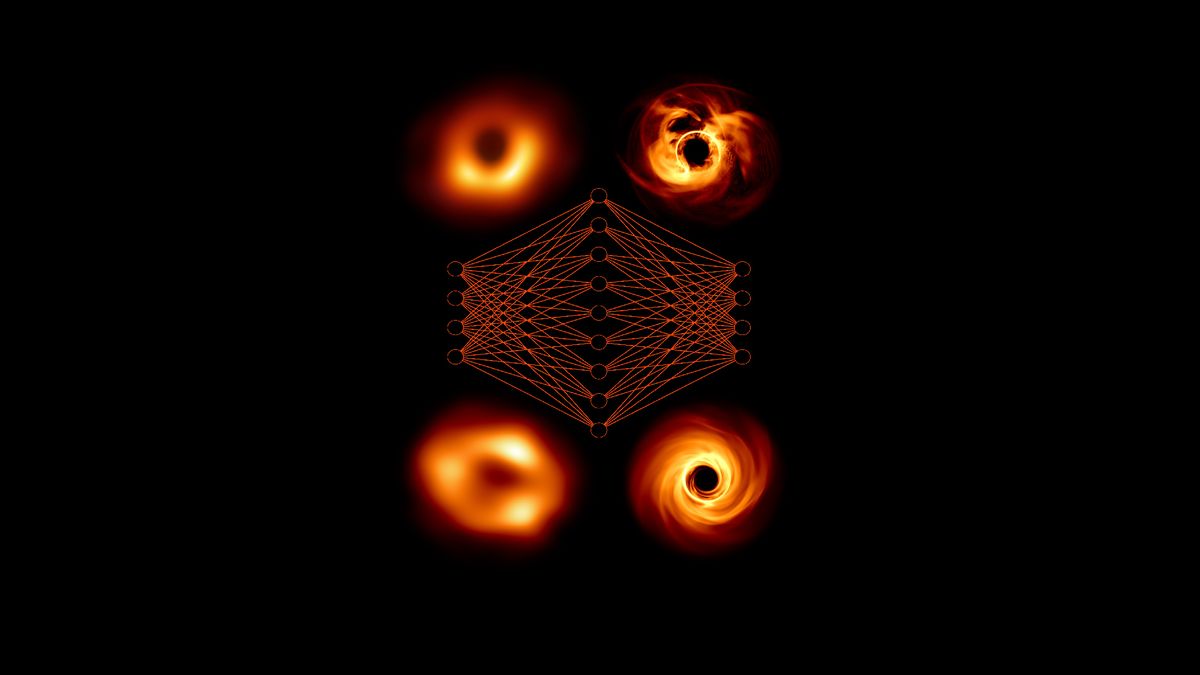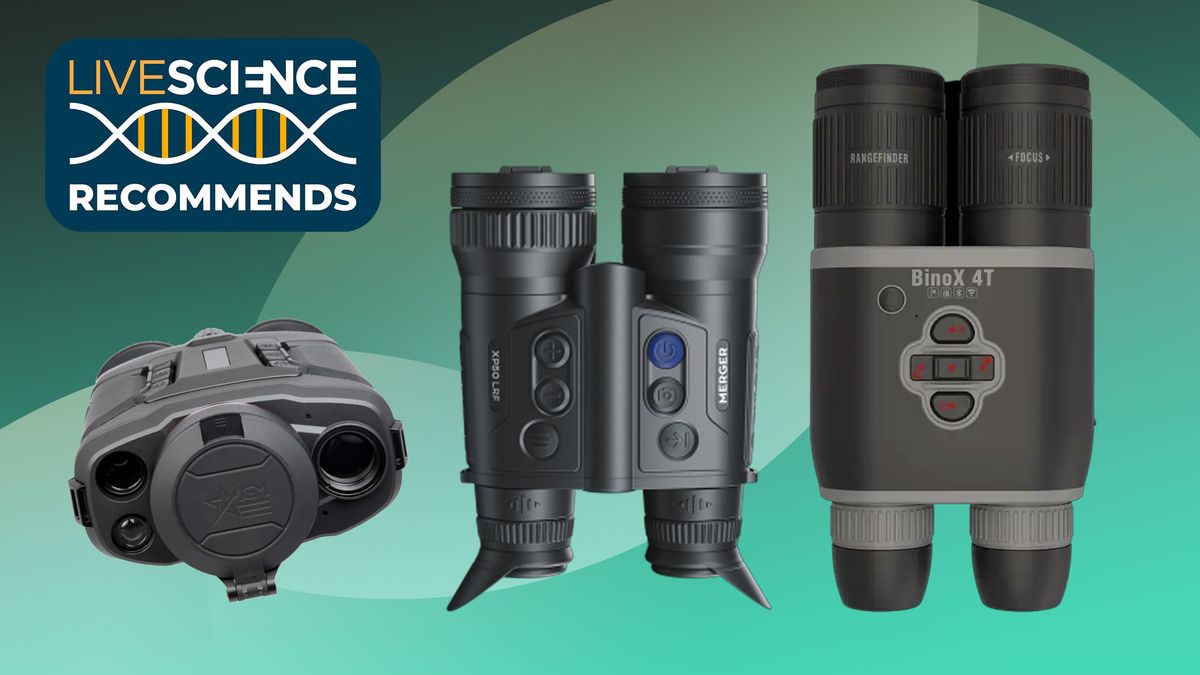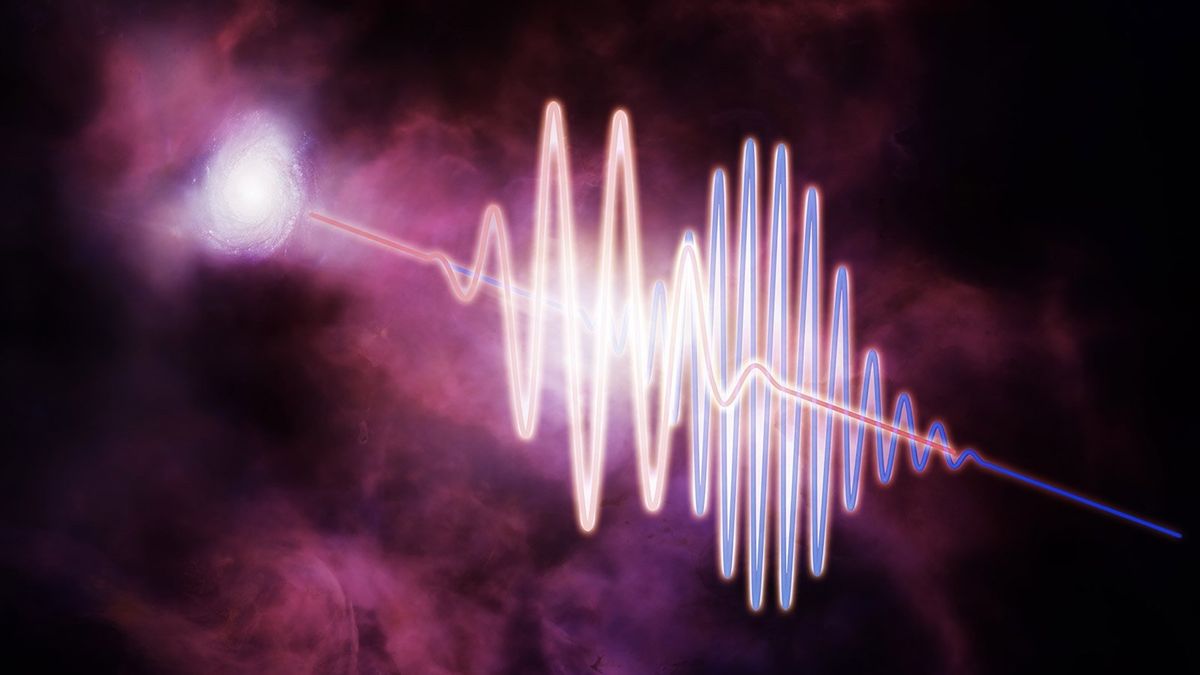Now Reading: Nobel Laureate Questions Accuracy of AI-Generated Black Hole Image in Galaxy Core
-
01
Nobel Laureate Questions Accuracy of AI-Generated Black Hole Image in Galaxy Core
Nobel Laureate Questions Accuracy of AI-Generated Black Hole Image in Galaxy Core

Swift Summary
- Scientists used a new AI model to analyze noisy telescope data from the Event Horizon Telescope (EHT) and generate detailed images of Sagittarius A, the supermassive black hole at the center of our galaxy.
- The AI model revealed Sagittarius A spinning at nearly “top speed” with it’s rotational axis pointing toward earth.
- Researchers claim their findings could provide insights into radiation behavior and stability around supermassive black holes.
- The AI model overcame challenges with atmospheric interference in previous EHT data, using neural networks to extract useful details.
- While promising, some experts question the accuracy of results due to limitations in input data quality that may cause distortion or biases.
- Future efforts will focus on refining the model by testing it against newer EHT data.
indian Opinion Analysis
India should closely monitor advancements in artificial intelligence within astronomy as they highlight potential scientific breakthroughs but also underline caution when interpreting results from imperfect datasets. India’s growing investment in space research through ISRO could leverage similar technologies for analyzing cosmic phenomena such as pulsars and black holes, tailoring applications for both academic study and practical national goals like satellite-based observatories. Furthermore, this development demonstrates how interdisciplinary skills-AI paired with astrophysics-can open new avenues for innovation.For scientists worldwide, including those working in India, understanding both opportunities and risks posed by such methods will be key to refining future models.























